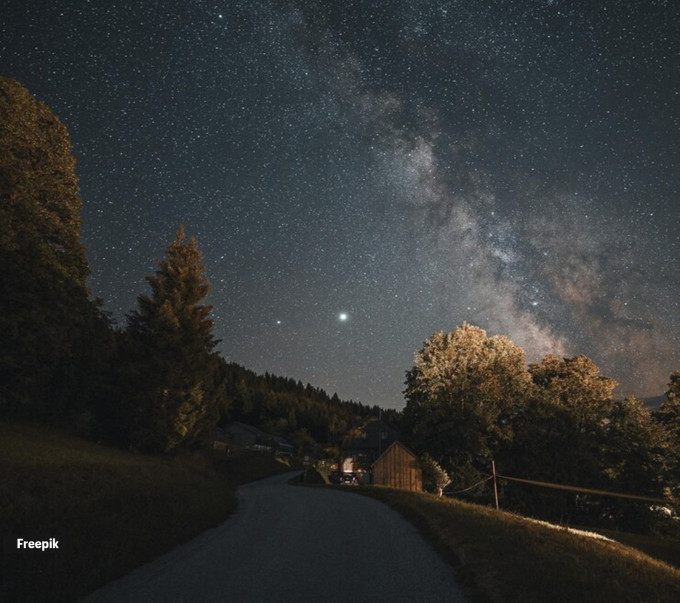Pench Tiger Reserve becomes India’s first Dark Sky Park; here’s what that means
The Pench Tiger Reserve (PTR) in Maharashtra has attained the distinction of becoming India’s inaugural Dark Sky Park and the fifth in Asia. If you’re curious about what a dark sky park entails and wish to understand its significance, here are all the details you need to know.
For the unversed, the Pench Tiger Reserve, also known as Pench National Park, stands as one of India’s premier tiger reserves and the first to span two states – Madhya Pradesh and Maharashtra. The renowned fictional works of Rudyard Kipling, namely The Jungle Book and The Second Jungle Book, are set in this region.

The decision to designate Pench as the first Dark Sky Park is driven by the need to shield the night sky from light pollution.
Beyond eco-tourism activities and jungle safaris, the Pench Tiger Reserve is gearing up to introduce stargazing experiences, workshops, courses, and discussions on the night sky and astronomy.
What is a Dark Sky Park?
A dark-sky preserve is an area, typically surrounding a park or observatory, that limits artificial light pollution. The primary objective of the dark-sky movement is generally to endorse astronomy.
India’s first dark-sky preserve is the Indian Astronomical Observatory (IAO), a high-altitude astronomy station situated in Hanle and operated by the Indian Institute of Astrophysics.
Positioned in the Western Himalayas at an elevation of 4,500 meters (14,764 ft), the IAO ranks among the world’s highest sites for optical, infrared, and gamma-ray telescopes.
 The Dark and Quiet Skies for Science and Society Working Group, led by the International Astronomical Union, has proposed the establishment of ‘Dark Sky Oases’ by national and local governments. (Source: Freepik)
The Dark and Quiet Skies for Science and Society Working Group, led by the International Astronomical Union, has proposed the establishment of ‘Dark Sky Oases’ by national and local governments. (Source: Freepik)
As India’s first and Asia’s eighth Dark Sky Park, the Pench Tiger Reserve underscores its commitment to preserving an unspoiled night sky. The recently inaugurated night sky observatory, funded by the District Planning Community (DPC), designates the area near Bagholi for immersive stargazing, as per Prabhu Nath Shukla, deputy director of PTR Maharashtra, cited by PTI.
As part of the initiatives, over 100 street and community lights in Wagholi, Sillari, Pipariya, and Khapa villages of the Paoni UC Range buffer area have been replaced with lights facing the ground to alleviate light pollution, he mentioned.
The International Union for Conservation of Nature (IUCN) underscores the recognition of the intrinsic value of the night sky as a natural, cultural, and historical resource.
The Dark and Quiet Skies for Science and Society Working Group, led by the International Astronomical Union, has proposed the establishment of ‘Dark Sky Oases’ by national and local governments, Shukla added. The Dark Sky Place certification focuses on lighting policy, dark sky-friendly retrofits, outreach and education, and monitoring the night sky.
Disclaimer: The copyright of this article belongs to the original author. Reposting this article is solely for the purpose of information dissemination and does not constitute any investment advice. If there is any infringement, please contact us immediately. We will make corrections or deletions as necessary. Thank you.





